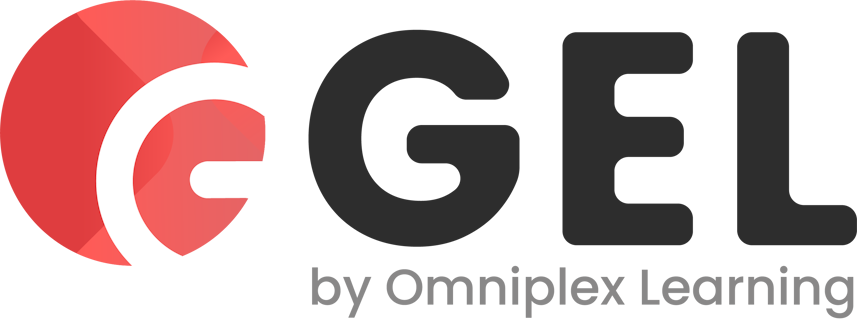In the world of business, change is essential. Technology and communication are evolving faster than ever, and new regulations and updated frameworks are constantly popping up to accommodate them. Precisely what is required to meet customer and client demands can change on a dime, and many businesses are struggling to keep up.
Even with this in mind, making a case for change or transformation management initiatives can still be a real chore. After all, humans are creatures of habit, and when change managers suggest anything that may impact well-entrenched practices and beliefs, there is a lot they need to account for.
Sadly, there is still a relatively popular misconception that ‘change management’ simply involves communicating details of change initiatives to those set to be affected by them. While this is certainly a factor, the role of a change manager is actually quite expansive. Managing change involves advocating it, preparing for resistance, accommodating different interests, and more besides. A change manager will have the knowledge, tools, and skills to work with teams, executives, and stakeholders to make changes as painless and beneficial as possible.
In short, change management as a practice can help businesses to make the most of their own evolution. However, optimizing results in such a way requires a structured approach and a keen awareness of the change management process. This is where the APMG Change Management framework comes in.
Created by APMG alongside the Change Management Institute (CMI), the framework is actually based on the Change Management Body of Knowledge (CMBoK): a resource based on years of experience in, and an expansive awareness of, transformation initiatives. It offers tools and best practices ideal for taking projects from A to B, and can also be adjusted to suit specific organizations.
With change management becoming a far more prominent practice, there is a great deal to gain from investing in change management training. So, what are the best ways to sell the idea to your organization?
Minimize Disruption
Changes to a business do not occur in a vacuum. Daily tasks and other projects can easily be affected if transformation initiatives are handled poorly, causing potentially expensive delays.
The Change Management framework offers demonstrably effective insight and processes for communicating with different teams and departments. As a result, change managers are better able to learn about and accommodate their requirements and even help to prepare them for changes in advance.
This can be a significant benefit when it comes to major changes. For example, introducing new technology or compliance practices without upskilling staff in advance can lead to an incredible amount of confusion, threatening not only productivity but also other key projects.
Maximize Benefits
One of the most common reasons that change initiatives fail is that they either meet resistance from managers and stakeholders or do not receive adequate support. In such cases, even when changes are implemented, any resulting benefits are severely limited in scope.
The Change Management framework, as we have already said, offers excellent advice and tools for establishing lines of communication between change management teams and those set to be affected. Practitioners can demonstrate the benefits of change while also gaining valuable insight into how best to implement it. The framework also has a strong focus on considering the interests and expertise of different stakeholders, making it easier for managers to advocate changes and gain sufficient support.
With minimal resistance and optimal backing, Change Management practitioners can successfully implement change far more widely, allowing more employees to experience the benefits. This, in turn, can leave teams and departments far more receptive to future changes, which leads directly onto our next point…
Give your Business a Competitive Edge
A large part of Change Management is ensuring that practitioner organizations are able to take advantage of future opportunities far more efficiently and effectively. Practitioners will establish bespoke frameworks that managers can use to instigate and manage transformation as part of any project. With a clear process in place, they are able to respond to new opportunities far more quickly and take advantage before the competition.
Of course, Change Management is not just about spotting opportunities. Practitioners are experts in turning ideas into blueprints and know exactly how to advocate them to decision-makers.
In short, Change Management training can ensure that, when an opportunity to improve your business and offering appears, you’ll be more than ready!
Ensure Transparency
For change initiatives to succeed, transparency is key. Nothing should be kept secret from those who need to know, and making sure that those set to be affected by a change initiative have a chance to raise their concerns is essential for a successful implementation.
The Change Management framework has practitioners create a communication plan early on. At the same time, practitioners will also clarify the roles and responsibilities of individual team members, giving other departments a clear idea of who to contact regarding specific questions. This easily accessible information can greatly ease collaboration, and will also make it much simpler for managers to assess the progress of projects and make sure they are going according to plan.
Strategic Alignment
As with project or IT management, it is always important that those driving transformation initiatives are aware of how they are adding value to their business. Whatever the nature of the change a manager is bringing to their organization, they must have deliverables that ultimately support strategic business goals; otherwise, the entire thing will be a waste of time and resources.
The Change Management framework accounts for this during the planning stage and puts a great deal of emphasis on advocating change in a way that makes sense to corporate-minded stakeholders. It also offers practices designed to keep transformation initiatives focused while simultaneously keeping costs from outweighing projected benefits.
The Human Factor
As we mentioned earlier, change often goes against human nature. We are creatures of habit – especially when our habits already “work perfectly well”. To succeed, a change initiative must factor in the diverse interests of different departments and stakeholders.
The Change Management framework has a large focus on teaching practitioners to empathize with other teams and departments. They must motivate them to embrace change using language that corresponds with the roles and responsibilities of individuals, not just the company and its bottom line.
This aspect of the framework can also be highly useful for managers and stakeholders, even if they are not directly involved with planning transformation initiatives. With a greater level of empathy and understanding, practitioners can permanently increase collaboration and morale throughout a business.
Maximize the Returns on your Investment
As a whole, the Change Management framework combines efficiency, clarity, and strategic alignment to ensure that change initiatives offer as much as possible with minimal disruption. At the same time, it also prepares businesses to take advantage of future opportunities for evolution and growth.
That’s the biggest benefit of the framework in a nutshell: by working with fully certified Change Management practitioners, businesses will permanently optimize the ROIs of transformation initiatives while also enjoying significant long-term cultural benefits.


